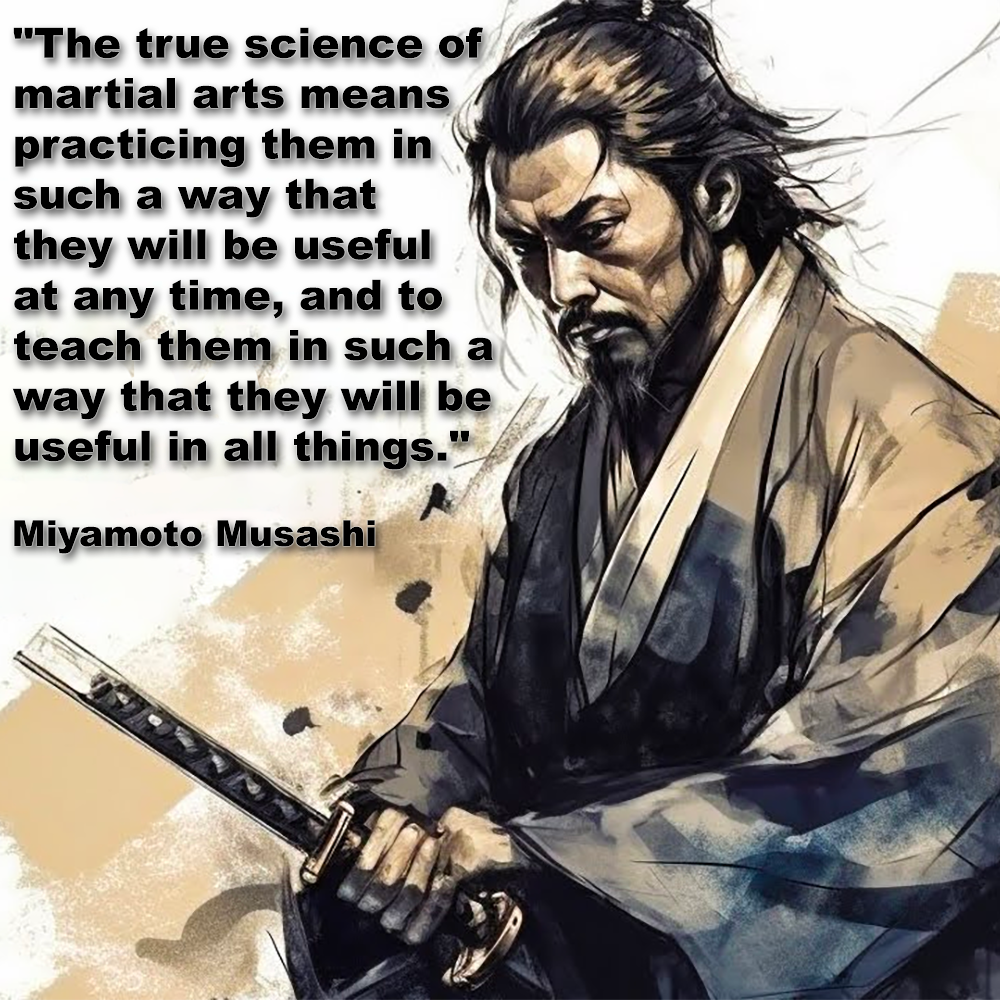
The realm of martial arts is vast and diverse, encompassing various styles and techniques, each with its unique history and purpose. While tournaments serve as platforms for martial artists to showcase their skills and compete, the line between tournament techniques and self-defense is often blurred. Incorrectly teaching tournament techniques as self-defense can have serious consequences for practitioners.
.
Tournament techniques are tailored for specific rules and controlled environments. Teaching these techniques as self-defense can mislead practitioners into believing they are prepared for dangerous confrontations, leading to a false sense of security.
.
Practitioners can develop a misplaced confidence in their abilities, and this overconfidence can be detrimental, as it may encourage them to engage in risky situations without the necessary skills to protect themselves effectively.
.
In a real-life scenario, self-defense requires quick thinking, awareness of surroundings, and practical techniques that can subdue an attacker, none of which are guaranteed by tournament-focused training.
.
Self-defense should teach that you may literally be fighting to save your life, not win a competition. The mind set is that you want to escape, or if you have no choice, to hit, incapacitate an attacker to give you enough time… to escape.
.
Self-defense situations are unpredictable and often chaotic. Real-life self-defense demands techniques that can be modified and applied in various situations. You don’t have time to dance around your attacker, with your hands held high in your best karate guard. In fact you’re probably going to be in a small space like an alley, an elevator or in between cars.
.
Appropriate self-defense training emphasizes practicality, situational awareness, and techniques that can be applied effectively under stress. It teaches individuals to assess threats, make quick decisions, and use minimal force to protect themselves and others.
.
While sparring, competitions and tournaments have their place in the martial arts world, and can be great fun, it is imperative to recognize the distinction between tournament techniques and self-defense skills. Incorrectly teaching tournament techniques as self-defense not only endangers the practitioner but also jeopardizes the safety of others.
.
To foster genuine self-confidence and safety, martial arts instructors must be truthful, provide comprehensive, realistic, and adaptable self-defense training.
.
By understanding the limitations of tournament techniques in real-life situations, practitioners can make informed choices about their training, ensuring that they are prepared to protect themselves effectively when it matters most.
.
I write extensively about understanding the difference between tournaments and self-defense tuition. Why? I have a genuine concern for the safety and well-being of practitioners that are interested in the martial arts.
.
Over the years I have witnessed practitioners being taught tournament techniques as self-defense, and I have encountered situations where people believed they were adequately prepared for self-defense when, in reality, they were not.
.
.
